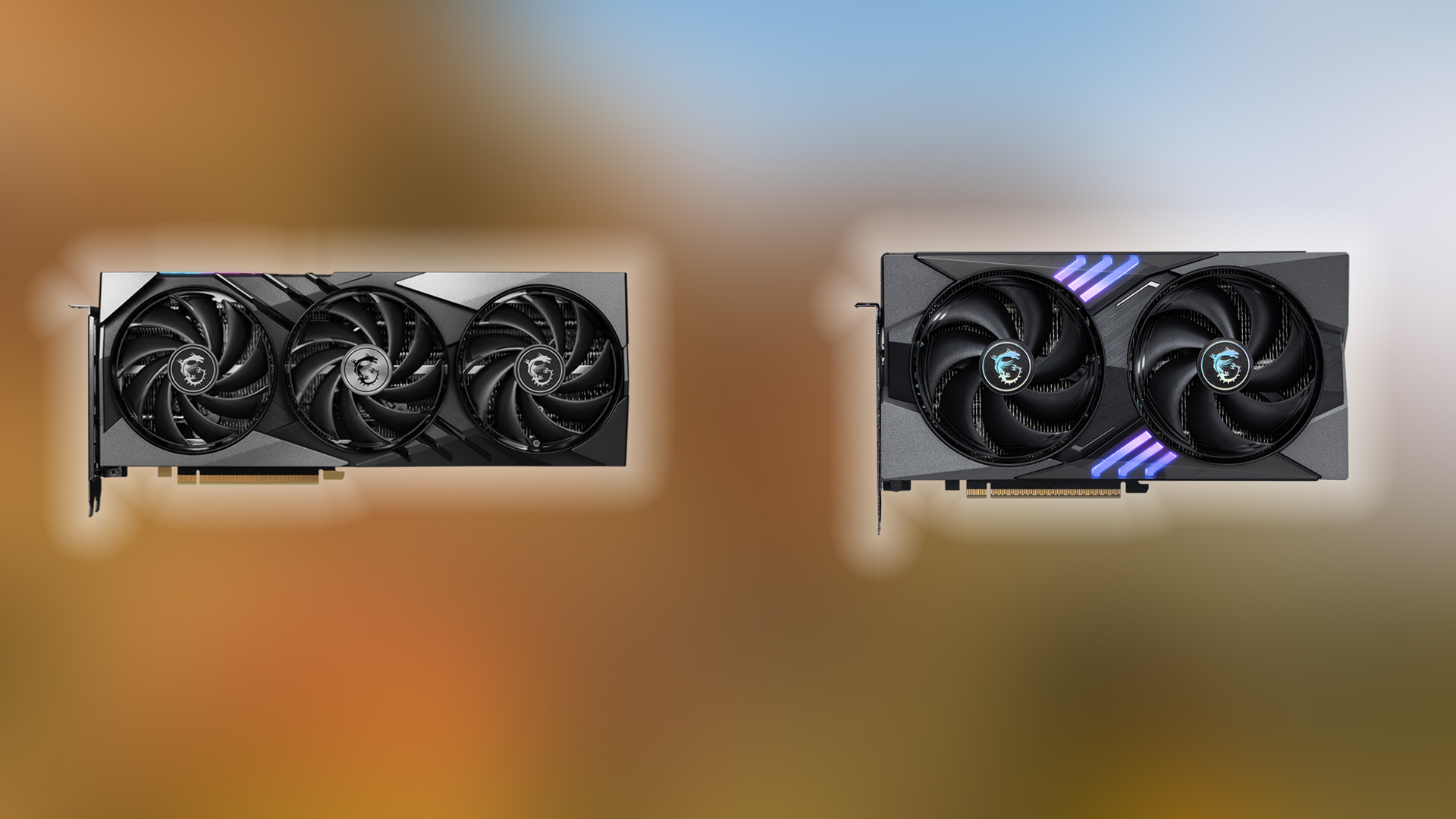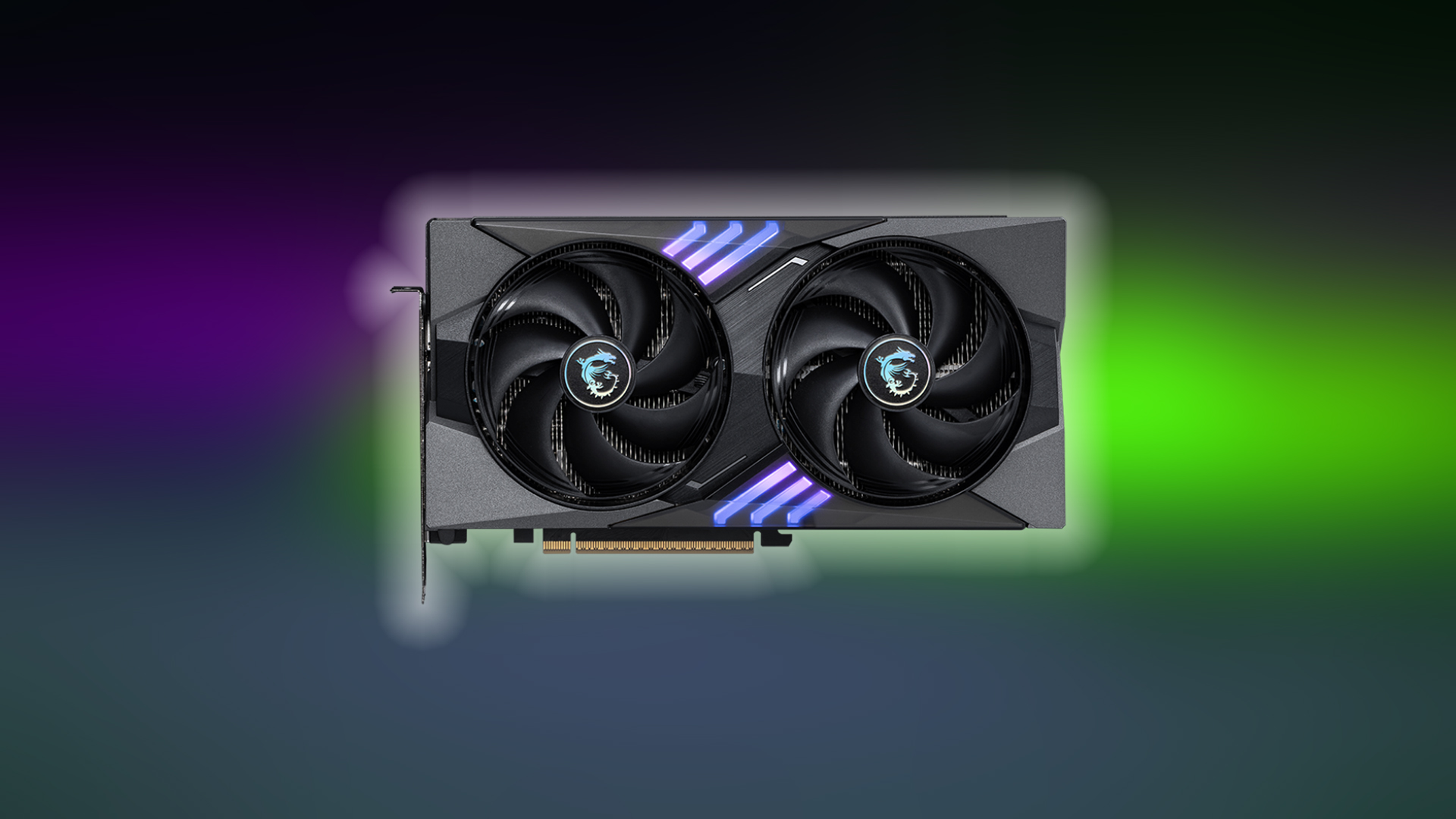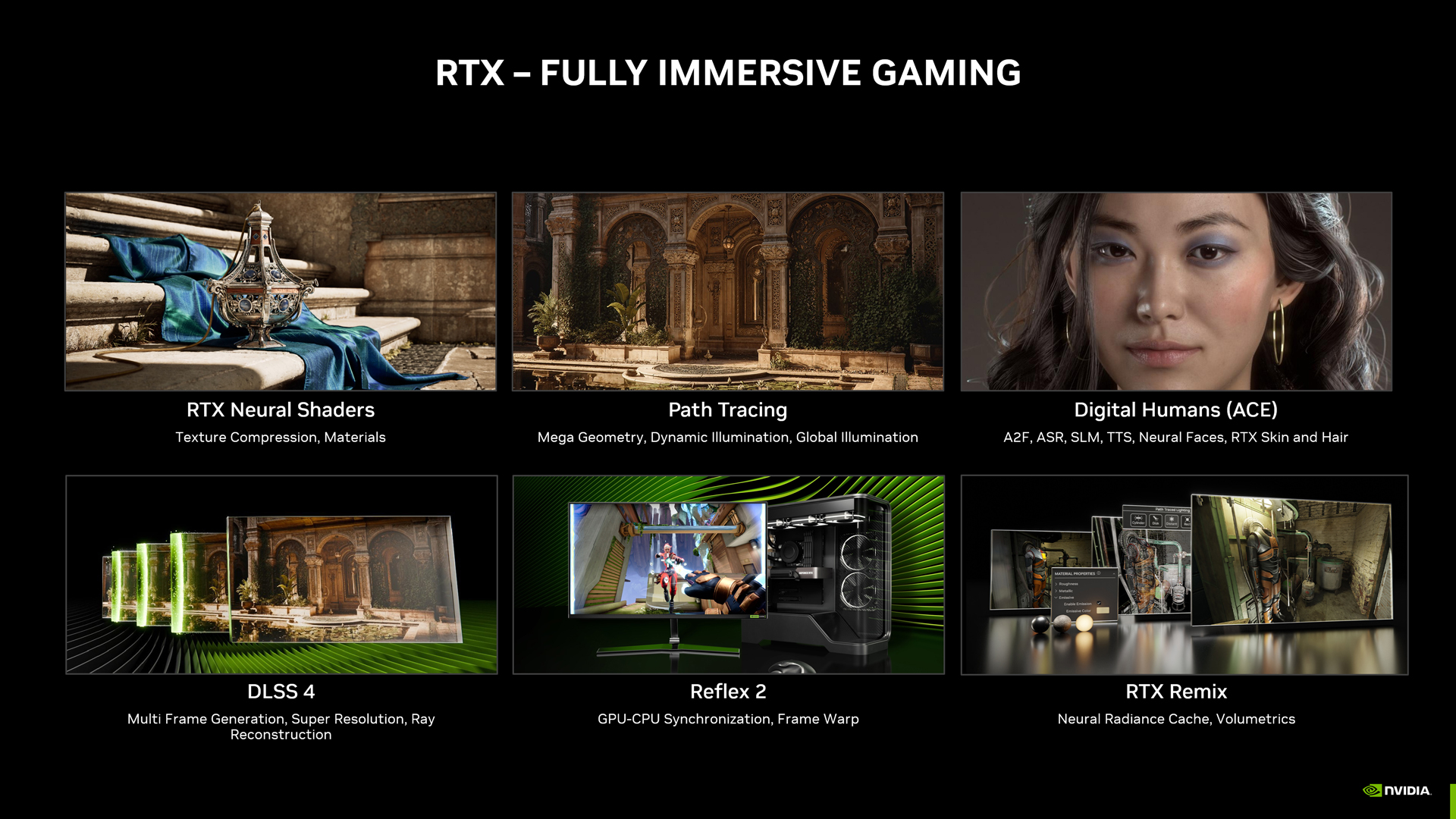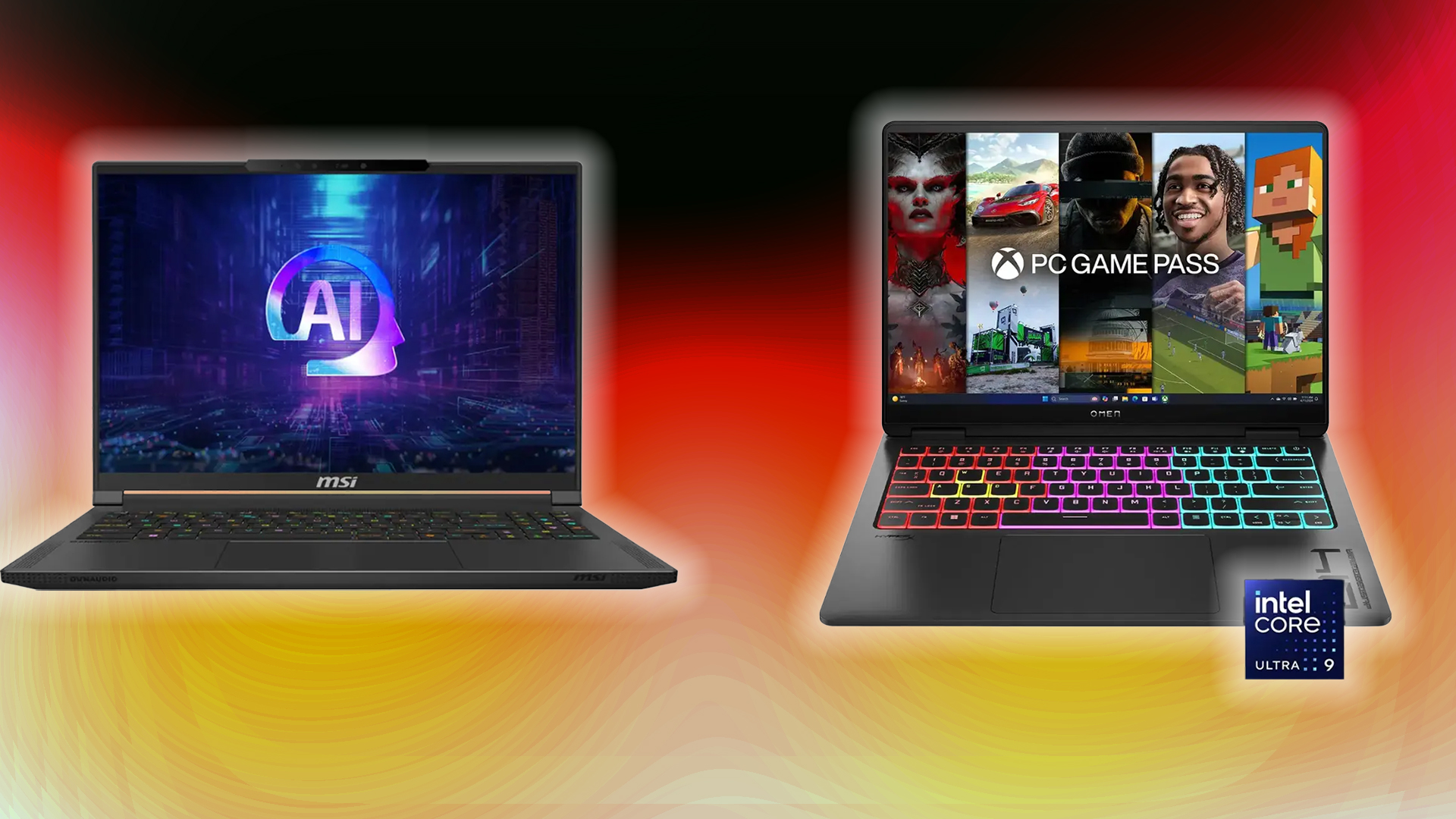This article compares the RTX 5060 Ti with the previous generation upper-mid-range RTX 4070 Super, examining its specifications and more.

The 4070 Super is significantly faster than the 5060 Ti in every aspect: 3D performance, LLM workloads, video workloads, and gaming. But it lags severely behind with its 12GB VRAM. The 5060 Ti offers performance that nearly matches the 4070 levels, and with tuning, it can match the 4070. However, the 4070 Super is approximately 25% faster than the 5060 Ti, but still lags behind. This article explores the reasons that set the 5060 Ti apart from these upper mid-range capable cards.
Note: The perspective shared in this article results from a thorough analysis using publicly accessible technical specifications, GPU architecture details, and an observation of current trends. No proprietary benchmarks or third-party data has been referenced in this case.
RTX 5060 Ti vs RTX 4070 Super

The 4070 Super represents a typical 70-class card from Nvidia, offering incredible performance, great specs, and a commanding price. Still, it then cuts down on VRAM, requiring an upgrade to a 60-class Ti card at the same real-world price every generation. From the theoretical specifications, anyone can tell the difference; the core, RT, and SM counts are noticeable, and even the cut-down memory bandwidth of the 4070 Super is significantly higher.
The power draw of the 4070 Ti Super is only 40W higher than the 5060 Ti; still, the 4070 Super has a better power-to-performance ratio than the 5060 Ti. Regarding raster performance, counting in 3D Mark Timespy results, the 4070 Super easily beats the 5060 Ti with an approximate average of 20,341–21,569 points, compared to 15,400 points with the 5060 Ti.
When factoring in RT performance, using the 3D Mark Port Royal benchmark, the 4070 Super scores 13,000–13,500 points, while the 5060 Ti scores 9,944–10,432 points. As mentioned, anyone can tell the difference. The only caveat is VRAM, specifically 16GB vs. 12GB, which validates this comparison.
Specs Comparison
| Features | RTX 5060 Ti | RTX 4070 Super |
| Architecture | Blackwell (2025) | Ada Lovelace (2024) |
| CUDA Cores | 4,608 | 7,168 |
| Ray Tracing Cores | 36 | 56 |
| Tensor Cores | 144 | 224 |
| VRAM | 16GB GDDR7 / 8GB | 12GB GDDR6X |
| Memory Bus | 128-bit | 192-bit |
| Memory Bandwidth | 448 GB/s | 672 GB/s |
| TDP | 180W | 220W |
| PCIe Interface | Gen 5 x8 | Gen 4 x16 |
| MSRP | $379 (8GB) / $429 (16GB) | $599 |
| Release Date | April 2025 | January 2024 |
Performance overview
1080p and 1440p Gaming
Factor in any game, literally any game, Cyberpunk, Blackmyth Wukong, Avatars, anything, and the 4070 super is way faster, but turn up the textures in games such as Last of Us Part 2, then see how the 4070 super struggles, crashes, and what not, simply because the VRAM pool is not enough to keep up—a fantastic option for gamers to upgrade to a 60-tier card from a 70-tier card every generation.
4K Gaming
With DLSS, the 5060 Ti and 4070 Super can do 4K, but the 4070 Super can do it natively. That’s the power of the 70 class cards, but in games like Stalker 2, play the game for a few moments, let the VRAM usage climb, and the 5060 Ti will slowly become faster. Of course, the MFG (Multi-Frame Generation) feature is available with the 5060 Ti, which can boost performance up to four times, making the 4070 Super somewhat pointless. Especially when not considering input lag, motion artifacts, or fake FPS. That’s a different perspective.
Price & Value
MSRP & Market Pricing:
- RTX 5060 Ti: $379 (8GB) / $429 (16GB)
- RTX 4070 Super: $599
In real-world use cases, the 5060 Ti is more power-efficient but fails to offer the power-performance ratio of the 4070 Super. However, a lower power draw is ideal for SFF PC builds. The 4070 Super’s high price and performance can only be justified if you find one in second-hand or refurbished condition. Buying the 4070 Super at MSRP makes no sense, with the existence of the AMD RX 9070 XT, a card that is two tiers above the 4070 Super. If the new card is a priority, then go for either card. Picking the one with more VRAM makes the most sense, as even pro-grade workloads benefit significantly from additional VRAM.
Pros & Cons Summary

|
Card |
Pros |
Cons |
|
RTX 5060 Ti |
|
|
|
RTX 4070 Super |
|
|
Bottom Line: Which Should You Buy?
If you prefer raw raster or RT performance and run games at 1440p native resolution, then the 4070 Super is still relevant. If you want an Nvidia card with 16GB of VRAM and an affordable MSRP, consider the RTX 5060 Ti.
Looking For More Related to Tech?
We provide the latest news and “How To’s” for Tech content. Meanwhile, you can check out the following articles related to PC GPUs, CPU and GPU comparisons, mobile phones, and more:
- 5 Best Air Coolers for CPUs in 2025
- ASUS TUF Gaming F16 Release Date, Specifications, Price, and More
- iPhone 16e vs iPhone SE (3rd Gen): Which One To Buy in 2025?
- Powerbeats Pro 2 vs AirPods Pro 2: Which One To Get in 2025
- RTX 5070 Ti vs. RTX 4070 Super: Specs, Price and More Compared
- Windows 11: How To Disable Lock Screen Widgets
 Reddit
Reddit
 Email
Email


